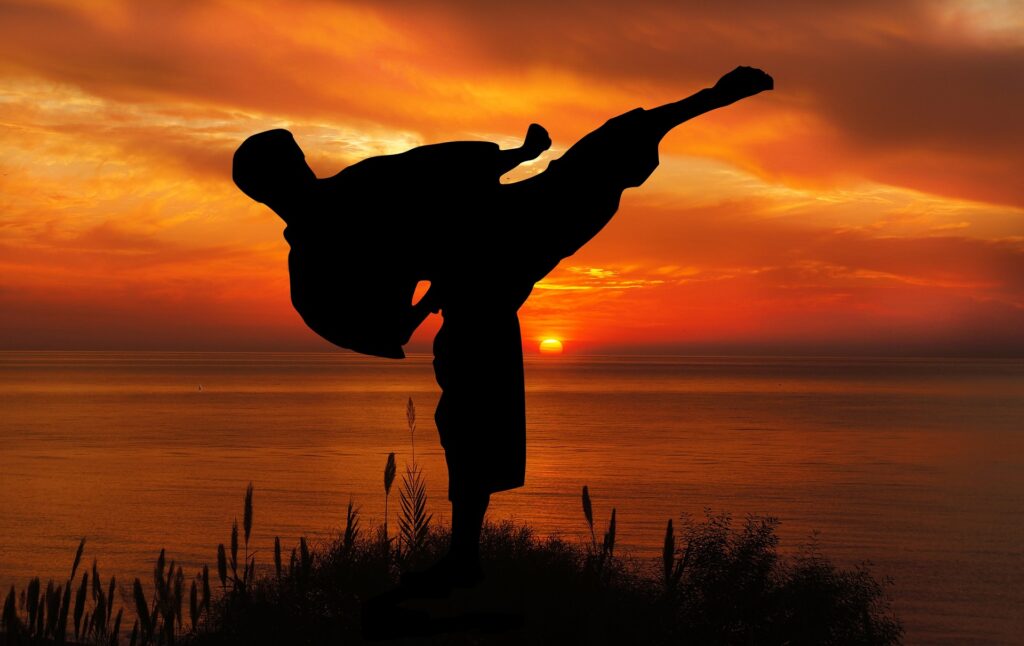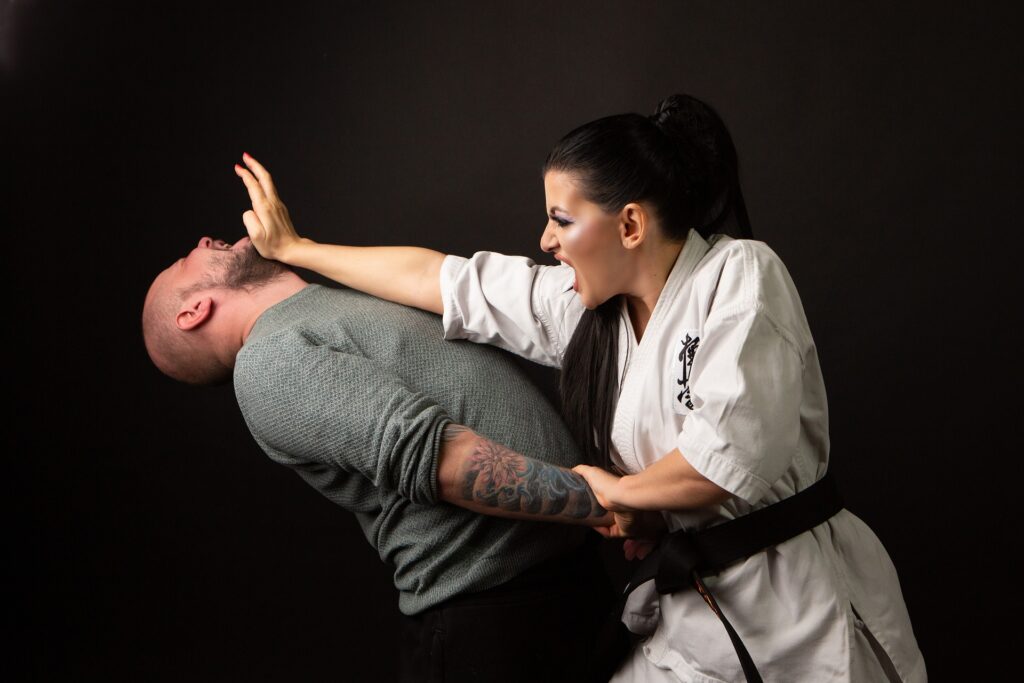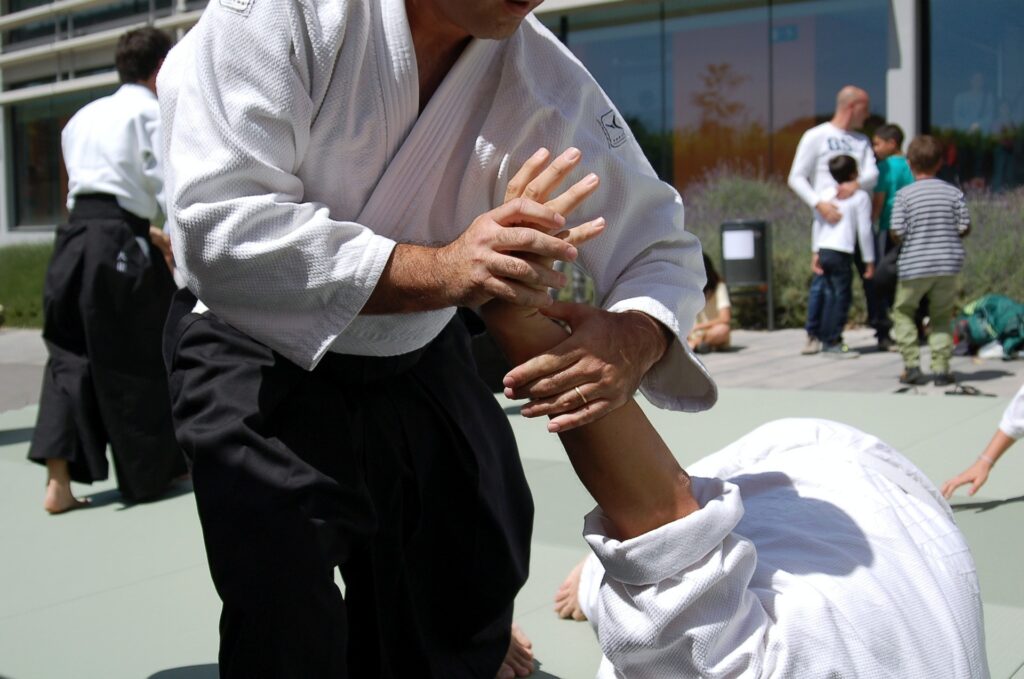In this article, I explore the amazing benefits of traditional Japanese martial arts practice and explain eight reasons why Filipino (and foreign) children should start learning it now.
Definition of martial arts

What are the eight advantages of Filipino (foreigner) children learning martial arts? As parents, it’s important to understand how martial arts can benefit your child.
Martial arts are ancient traditional combat training and spiritual practices that are still popular today.Not only is martial arts an effective form of exercise, but it also teaches important values such as discipline, respect and self-confidence.
For Filipino (foreigner) children, the merits of learning martial arts are improvement of physical strength'',acquisition of confidence”, improvement of concentration'',respect for others”, improvement of life skills'', andsociality”. I will talk about the 8 benefits of improving your health, relieving stress, and the opportunity to build friendships with your peers.
1 Improvement of physical strength
Through regular exercise and physical activity, martial arts offer many health benefits, including increased strength, flexibility, balance, coordination and endurance. This kind of exercise helps build strong bones and muscles.
By practicing a single technique dozens or hundreds of times, you will be able to keep your legs straight, rotate your hips sharply, and stabilize your trunk without losing your balance.
It’s learning how to use your body to engage each part of your body, each muscle.
This is a very important physical exercise that greatly contributes to improving strength, flexibility, balance, coordination and endurance.
In addition, although it depends on the teaching policy of each martial arts dojo, modern strength training such as bodyweight training and weight training is performed.
Lifting weights not only strengthens your muscles, but your bones as well.
2 Gain confidence

Learning martial arts that builds self-confidence gives children a greater sense of accomplishment and confidence as they push themselves beyond their limits, master new skills and achieve goals.
You can also increase your self-esteem by playing against opponents who are bigger and stronger than you.
In general practice at the dojo, you will practice kumite with your opponent. You may also participate in some games. By overcoming the tension, pressure,
and fear before playing against your opponent, you can gain not only physical but also mental confidence.
3 Improve concentration
Martial arts can improve children’s concentration in the long run because they require them to focus on the task at hand.
This improved concentration leads not only to better grades in school, but also to better behavior at home and school in life outside the dojo, and better self-control in difficult situations.
It’s not uncommon to experience a painful experience when you lose your concentration even during practice at the dojo, and are caught in that momentary gap.
A lot of that kind of experience can strengthen your concentration and improve it in the long run.
4 Respect for others
Through martial arts, children learn to respect not only their instructors, but also their peers who have opinions and beliefs that differ from their own.
This respect extends to other areas of life, such as family and friendships outside the dojo, and sets an example for others.
Also, by learning techniques for self-defense rather than violence, children will come to recognize that violence is just violence.
5 Improvement of living ability
Martial arts offer more than just physical exercise. It also focuses on teaching discipline, perseverance, perseverance, goal setting, problem solving, etc. –
essential life skills throughout his/her life.
6 Improve sociality
By practicing martial arts with other trainees in the dojo, children have the opportunity to interact with others and develop social skills such as cooperation, teamwork and communication.
Filipino (foreigner) children also learn how to respect each other’s differences and work together towards common goals through interaction with other trainees in the dojo.
You will also acquire valuable communication skills, such as listening carefully to what the other person is saying and responding thoughtfully.
7 Stress Relief
Participating in martial arts practice can provide an outlet for frustrations in school and home life and reduce stress levels.
Learning martial arts can also provide much-needed stress relief for many Filipino (foreign) children who are busy with homework, extracurricular activities, and after-school work.
8 Opportunity to build friendships with peers
In a martial arts dojo, students learn how to interact with many peers by cooperating with each other, respecting their instructors and peers, and understanding the importance of etiquette when practicing martial arts techniques.
These skills will help your child not only during dojo practice, but in all areas of their personal lives.

Summary – My experience in elementary and junior high school
When I was in the second grade of elementary school (age 7), I started going to a Shorinji Kempo dojo near my home. It’s close to my home and my father sympathized with the teachings of Shorinji Kempo. About 50 years ago.
At that time, I practiced three times a week, which was a lot of fun for me. At that time, I was the only child, but little by little the number of children increased, and practice as a boys’ club began.
In the dojo, there were seniors of various ages and industries, as well as many university students. College seniors taught me school homework and study.
In addition, I was loved by many of my senior colleagues, and for me, who was a “key kid with both parents working”, the dojo was a place that could be called my second home. I was surrounded by seniors who could be called “brothers and sisters”.
I obtained my 1st Dan (black belt) in the 6th grade of elementary school and 2nd Dan in my 2nd year of junior high school. I came to be able to have it.
By doing so, when I sensed some danger, I was able to have the leeway to avoid that danger.

For example, for an opponent who is baring his fangs, he also bares his fangs in the same way and avoids it without biting. If I can’t avoid it, I can afford to control my opponent.
Also, when I was a teenager, there were many times when I could get advice and help from seniors in the dojo when I had some kind of trouble.
The camaraderie in martial arts is very strong. For example, there may be classmates and seniors who go to the same school in the dojo.
Even children from the Philippines (foreign country) are comrades in the dojo who “share the joys and sorrows and eat from the same pot.” This camaraderie is strong.
There are various martial arts and martial arts in the world. I would like to recommend that parents sympathize with the teachings of martial arts, look for something that suits their child’s taste, and send their child to a martial arts dojo.
Includes Shorinji Kempo Tournament




コメント